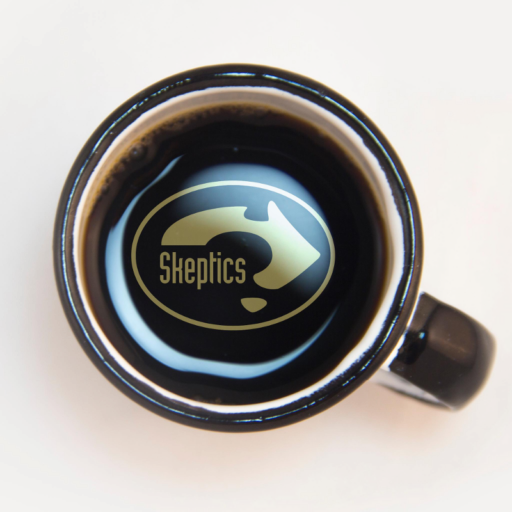If you regularly listen to The Skeptic Zone podcast, you’ll be familiar with the segment A Dive into a Trove. Host, Richard Saunders takes listeners on a “wander through the decades of digitised Australian newspapers on a search for references to [insert topic]”.
It might be the paranormal, ghosts, “therapeutic touch”, Nostradamus, “fake cures” or even Canberra Skeptics, to name a few. It’s one of my favourite parts of the show and always leaves me wiser as to the historical Australian context around issues that skeptics are constantly drawn to.
What you may not be aware of is the uncertainty the very existence of Trove has faced, and that the genesis of that uncertainty goes back to Budget cuts in 2016. Launched by the National Library of Australia in 2009, Trove had by then, grown to a world renowned digital archive with millions of records, growing by several million items per week.
Known as a GLAM Service, Trove hosts content from galleries, libraries, archives, and museums. Yet that year, a $20 million budget cut to the National Library of Australia meant that ongoing aggregation of material would cease. This was part of the Turnbull government’s “efficiency dividend”.
Turnbull’s “efficiency dividends” had been announced months earlier, and awareness of Trove’s peril led to a #fundTrove campaign on Twitter. A February 2016 article in The Conversation by Mike Jones and Deb Verhoeven makes a compelling argument as to the unprecedented value of Trove. Tweets presented, succinctly capture the value of Trove, such as this from librarian and “history hunter”, Kyla Stephan.
Another tweet notes that in 2014 over 120,000,000 lines of text were corrected by volunteers at Trove. Regarding Trove’s collation of content from multiple sources, the authors write:
As of February 25 2016, this includes information on over 374,419,217 books, articles, images, historic newspapers, maps, music, archives, datasets and more, expressing the extraordinarily rich history of Australian culture.
The campaign for funds resulted in a Mid-Year Economic and Fiscal Outlook (MYEFO) boost of $16.4 million, over four years, announced in December of 2016. In December 2021 the National Film and Sound Archive was funded with $41.9 million over four years to save at-risk items. Trove would get $5.7 million over two years but its future, and the fate of (by then) billions of records remained uncertain.
By December 2022 the #saveTrove Twitter campaign was in full swing, in the wake of an update to Trove Strategy [archive] in which the NLA announced that without secure funding, Trove would be unable to operate beyond July 2023. A change.org petition to Greens arts spokesperson Sarah Hanson-Young, and a parliament e-petition attracted ample support. News articles were expansive in reporting the need for funds. Pay-for-view options were ruled out by the NLA.
Jones and Verhoeven again penned a piece in The Conversation, calling for “radical overhaul”. A resource the quality of Trove, they argued, cannot be sustained by ad hoc funding. That such was the case, suggested Trove was seen as an “optional extra”. More so:
What is currently a Frankenstein’s monster of dead and mouldering technologies and systems needs more than just cosmetic surgery. It needs to be rebuilt from the ground up as an essential component of national library services.
By January 2023 the government hinted that relief may be on the horizon. There are currently over 14 billion digital items in Trove and it plays a key role in research for PhD theses, history classes, family research, the shaping of Australian identity and of course, informing skeptics about all manner of woo from our ever-receding past. In February, Teal MP Dr. Monique Ryan, the member for Kooyong, informed federal parliament that Trove had “democratised knowledge” and called on the government to provide the NLA with the necessary funding.
Ultimately, it came to pass. On 2 April this year it was announced that the Albanese government would provide $33 million over four years, in addition to $9.2 million in indexed ongoing annual funding beyond that time frame. The media release Securing The Future of Trove, from Arts Minister, Tony Burke stated that the funding helps restore strong cultural infrastructure, which is a “key pillar” of Revive, the Government’s new National Cultural Policy.
The NLA is “delighted that Trove’s future has been secured”, and stated:
The certainty of this funding decision will allow the National Library to continue to provide this essential service, enrich it with new content, and stabilise and secure the platform, in line with the Trove Strategy.
Trove is a free resource of truly remarkable potential. You can access it here. To discover more about how material is collated I recommend this entry at The Atlas. To understand more about the archive, its history and long term strategy, visit What is Trove.
And if you type “Australian Skeptics” into Trove, your results would be here.












